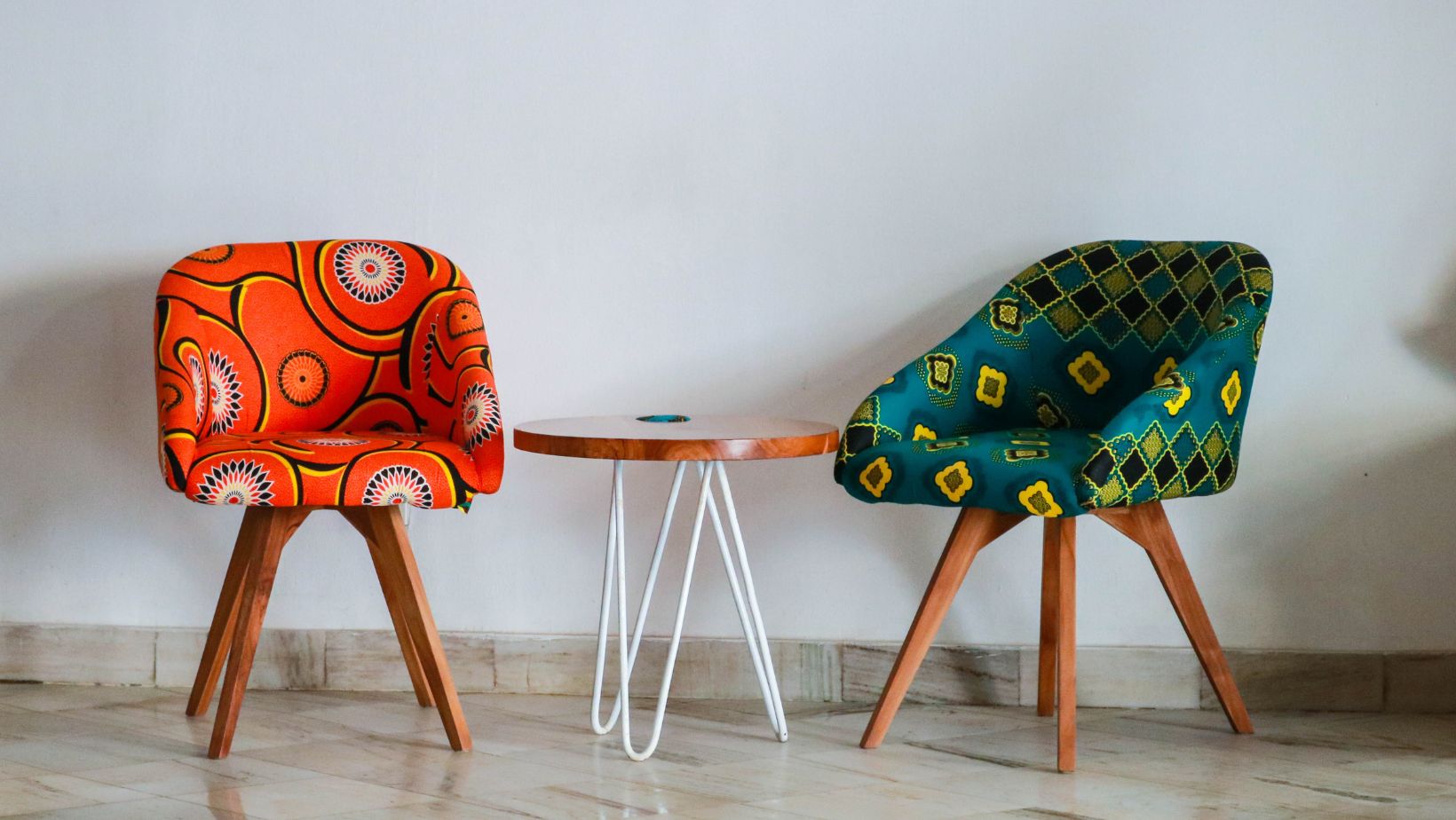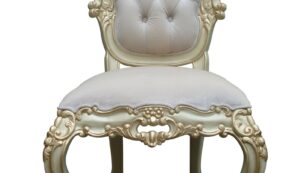
An Arts and Crafts chair isn’t just a piece of furniture; it’s a testament to a design movement that values simplicity, craftsmanship, and functionality. Originating in the late 19th century, these chairs blend aesthetic beauty with practical use, making them timeless additions to any home. Their clean lines and sturdy construction reflect a commitment to quality that resonates with both history buffs and modern design enthusiasts.
Arts and Crafts Chair
 Arts and Crafts chairs exemplify a careful blend of form and function. They reflect a key era in design history where craftsmanship and artistry were paramount.
Arts and Crafts chairs exemplify a careful blend of form and function. They reflect a key era in design history where craftsmanship and artistry were paramount.
The Arts and Crafts movement began in the late 19th century as a reaction to industrialization. Emphasizing handcrafted quality, it rejected mass production. Furniture design centered on durability and simplicity, showcasing natural materials and artisanal skill.
Prominent Designers and Innovators
Key figures in the Arts and Crafts movement included William Morris, Gustav Stickley, and Charles Rennie Mackintosh. William Morris focused on medieval-inspired designs and craftsmanship. Gustav Stickley popularized the Mission style, characterized by straight lines and sturdy construction. Charles Rennie Mackintosh introduced intricate details and artistic elements, blending functionality with aesthetic beauty.
Key Design Features of Arts and Crafts Chairs
Arts and Crafts chairs exhibit distinct design features that reflect the movement’s core values. These features highlight quality craftsmanship and natural aesthetics.
Materials Used
 Arts and Crafts chairs primarily use natural materials. Oak, walnut, and cherry woods are common choices, providing durability and a rich finish. Leather and high-quality fabrics are often used for upholstery, offering both comfort and style. These materials underscore the movement’s emphasis on organic beauty and long-lasting construction.
Arts and Crafts chairs primarily use natural materials. Oak, walnut, and cherry woods are common choices, providing durability and a rich finish. Leather and high-quality fabrics are often used for upholstery, offering both comfort and style. These materials underscore the movement’s emphasis on organic beauty and long-lasting construction.
Craftsmanship and Detailing
Craftsmanship in Arts and Crafts chairs is meticulous. Handcrafted joinery methods like mortise-and-tenon joints ensure structural integrity. Carved accents and inlays featuring botanical or geometric motifs add decorative elegance. Finishings, such as hand-applied stains and varnishes, enhance the wood’s natural grain and color, showcasing the artisan’s skill and attention to detail.
Comparing Arts and Crafts Chairs to Other Styles
Design Philosophy
Arts and Crafts chairs focus on craftsmanship and simplicity, reflecting the anti-industrial sentiment of the late 19th century. Modern chairs, by contrast, often prioritize functionality and can incorporate industrial elements, resulting in streamlined, mass-produced designs. Victorian chairs emphasize ornamental detailing and an eclectic mix of styles, while Bauhaus chairs embrace the “form follows function” principle, minimizing decoration.
Materials Used
Arts and Crafts chairs use natural wood (oak, walnut, cherry) and quality upholstery materials (leather, high-quality fabrics). Mid-century modern chairs frequently incorporate molded plastics, metal, and plywood. Baroque chairs often feature elaborate wood carvings and luxurious materials (velvet, metallic thread), creating a rich and opulent look.
Craftsmanship
 Craftsmanship in Arts and Crafts chairs emphasizes hand-made quality, visible in joinery methods and decorative detailing. In contrast, contemporary styles often use machine production, sacrificing handcrafted features for cost efficiency. Art Nouveau chairs, although highly decorative, also showcase skilled craftsmanship in their curved forms and detailed inlays. Shaker chairs focus on practicality and simplicity, with attention to hand-craftsmanship, but without intricate designs.
Craftsmanship in Arts and Crafts chairs emphasizes hand-made quality, visible in joinery methods and decorative detailing. In contrast, contemporary styles often use machine production, sacrificing handcrafted features for cost efficiency. Art Nouveau chairs, although highly decorative, also showcase skilled craftsmanship in their curved forms and detailed inlays. Shaker chairs focus on practicality and simplicity, with attention to hand-craftsmanship, but without intricate designs.
Aesthetics
Aesthetics in Arts and Crafts chairs feature natural beauty, visible wood grain, and organic forms. Minimalist chairs emphasize clean lines and functional form while disregarding decorative elements. Rococo chairs abound with whimsical curves and elaborate ornamentation. Scandinavian chairs combine simplicity with functionality, using light-colored wood and understated elegance.
Durability
Arts and Crafts chairs are known for their durability due to excellent materials and construction methods. Industrial-style chairs may lack longevity due to their reliance on cheaper materials. Colonial chairs, though historically significant, often lack the refined construction techniques seen in Arts and Crafts chairs, impacting their durability negatively.
Where to Buy Arts and Crafts Chairs
For those captivated by the charm of Arts and Crafts chairs, finding the right piece is essential. Many reputable antique stores and online marketplaces offer authentic chairs from this era. Additionally, specialized furniture makers continue to craft new pieces inspired by the original designs. Investing in an Arts and Crafts chair not only adds a touch of historical elegance to any space but also supports the enduring legacy of quality craftsmanship.




